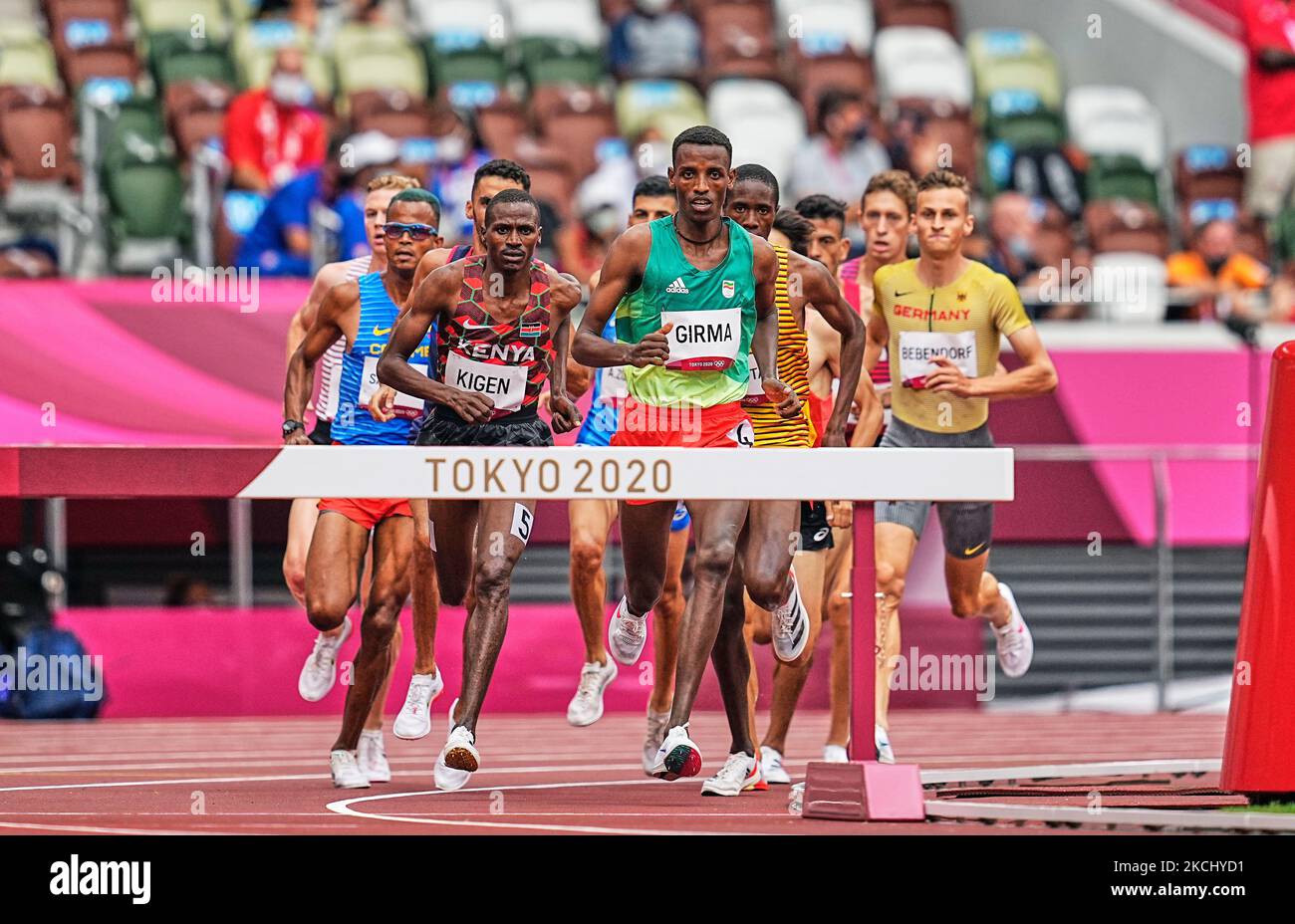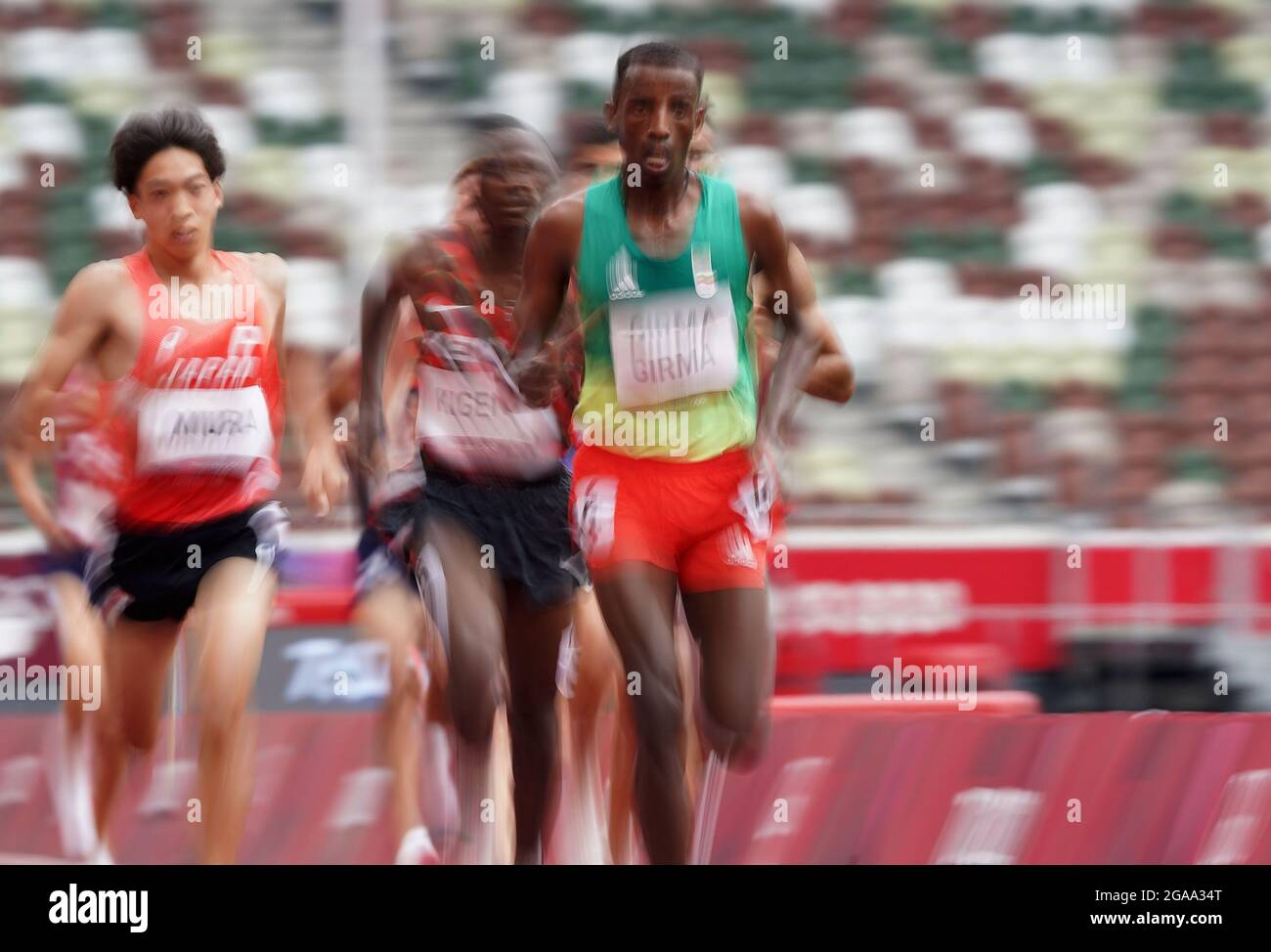The Girma Steeplechase Fall

The Girma Steeplechase Fall, a prestigious event in the world of horse racing, has a rich history dating back to the early 20th century. This unique race, known for its challenging course and thrilling competition, has captivated audiences and become a cornerstone of the equestrian calendar.
Historical Origins and Evolution
The Girma Steeplechase traces its roots to the early days of horse racing in the region. The race was initially conceived as a test of endurance and skill, designed to showcase the capabilities of both horse and rider. Over the years, the Girma Steeplechase has evolved, incorporating new obstacles and refinements to the course, while retaining its core principles of athleticism and tradition.
Analyzing the Fall

The fall of a horse and rider in a steeplechase is a dramatic event, often causing concern for the well-being of both the animal and the jockey. It’s crucial to analyze the circumstances leading to such incidents to understand the contributing factors and implement safety measures to prevent similar occurrences.
Causes of the Fall
The fall of a horse and rider in a steeplechase can be attributed to a variety of factors, including rider error, horse health, and course conditions.
- Rider Error: A jockey’s mistake, such as misjudging a jump or losing control of the horse, can lead to a fall. For instance, a rider might miscalculate the distance to the fence, causing the horse to stumble or refuse the jump.
- Horse Health: A horse’s physical condition can also play a significant role. If a horse is not properly trained or is suffering from an injury, it might be more prone to falling. For example, a horse with a leg injury could lose its balance during a jump, resulting in a fall.
- Course Conditions: The course itself can contribute to falls. Obstacles like fences, water jumps, and tight turns can be challenging for both horse and rider. Slippery ground, uneven terrain, or poorly maintained obstacles can increase the risk of falls.
Immediate Impact of the Fall, Girma steeplechase fall
A fall in a steeplechase can have immediate consequences for both the horse and the rider.
- Horse: A horse that falls during a race might sustain injuries, ranging from minor cuts and bruises to serious fractures or internal bleeding. The severity of the injury depends on the impact of the fall and the horse’s overall health.
- Rider: The jockey can also suffer injuries, including broken bones, concussions, and even more serious injuries. The fall might also cause the jockey to lose consciousness or become disoriented.
- Race: A fall can significantly disrupt the race, potentially causing other riders to avoid the area where the fall occurred, altering the race’s course and outcome.
Expert Opinions and Safety Concerns
Experts in equestrian sports have expressed concerns about the safety of steeplechase races, highlighting the inherent risks involved.
“Steeplechase racing is inherently dangerous, and falls are a common occurrence. We need to continue to work towards improving safety standards to minimize the risks for both horses and riders,” said Dr. Emily Carter, a veterinarian specializing in equine sports medicine.
The fall might prompt a review of safety protocols and regulations surrounding steeplechase racing, focusing on aspects like:
- Course Design: Experts might recommend modifications to the course design to reduce the risk of falls, such as improving the visibility of obstacles, ensuring the terrain is suitable, and optimizing the layout of turns.
- Rider Training: Increased emphasis on rider training, including skills like jumping techniques, horse handling, and emergency response, could enhance rider safety.
- Horse Welfare: Stricter regulations and monitoring of horse health and fitness, including regular veterinary checks and pre-race inspections, can help ensure the horses are in optimal condition to participate.
The Aftermath and Lessons Learned: Girma Steeplechase Fall

The fall of Girma in the steeplechase sent shockwaves through the racing community, prompting a wave of introspection and a renewed focus on safety. The incident served as a stark reminder of the inherent risks associated with this demanding equestrian sport, igniting a flurry of actions aimed at preventing similar tragedies.
Investigations and Rule Changes
The fall triggered a comprehensive investigation by the governing body of the Girma Steeplechase. The investigation encompassed multiple aspects, including the condition of the track, the horse’s health, and the jockey’s experience. The findings revealed several areas of concern, leading to the implementation of significant rule changes and safety enhancements. The most notable changes included stricter vetting procedures for horses participating in steeplechase events, mandatory safety gear for jockeys, and the introduction of a new course design with fewer obstacles.
Long-Term Implications
The Girma Steeplechase fall had a profound impact on the sport’s future. It ignited a national conversation about the balance between thrill and safety in horse racing. Many stakeholders advocated for stricter regulations and a greater emphasis on horse welfare. The incident also led to a decline in participation in steeplechase events, as some riders and horse owners expressed concerns about the inherent risks. The Girma Steeplechase, once a renowned event, has since been scaled back, with organizers prioritizing safety over spectacle.
Key Takeaways and Recommendations
The Girma Steeplechase fall provided valuable lessons for future events, emphasizing the importance of comprehensive safety protocols and a proactive approach to risk management. The following table summarizes key takeaways and recommendations:
| Key Takeaway | Recommendation |
|---|---|
| Thorough vetting of horses is crucial for ensuring their fitness and safety. | Implement stricter vetting procedures, including pre-race inspections and mandatory health certificates. |
| Jockey safety should be paramount. | Mandate the use of protective gear, including helmets, body armor, and boots, for all jockeys. |
| Course design plays a significant role in rider and horse safety. | Regularly review and update course designs, minimizing the number and height of obstacles, and ensuring proper drainage and footing. |
| Horse welfare must be prioritized. | Implement stringent rules regarding horse training and race schedules, ensuring adequate rest and recovery time. |
| Continuous monitoring and evaluation of safety protocols are essential. | Establish a dedicated safety committee to review incidents, analyze data, and implement ongoing improvements. |
Girma steeplechase fall – The image of Girma’s fall in the steeplechase, a jarring, almost surreal moment of stillness amidst the blur of motion, is seared into the minds of every fan. It evokes memories of another fall, a fall that echoed across the world of athletics, lamecha girma fall , a fall that seemed to mirror the one Girma took, a cruel reminder of the fragility of athletic glory.
Yet, despite the agony of those falls, both athletes rose again, a testament to the indomitable spirit that defines the world of competitive sport.
The thud of Girma’s fall echoed across the track, a jarring interruption to the rhythmic pounding of hooves. It was a moment of pure, visceral fear, a reminder of the brutal reality of steeplechase racing. But Girma, a fighter at heart, had always risen from the dust.
His story, a testament to resilience and grit, is a compelling one, chronicled in detail on the website steeplechase girma. And as he limped off the track that day, a flicker of defiance in his eyes, one knew that his fall was merely a temporary setback, a mere footnote in the grand narrative of his life.